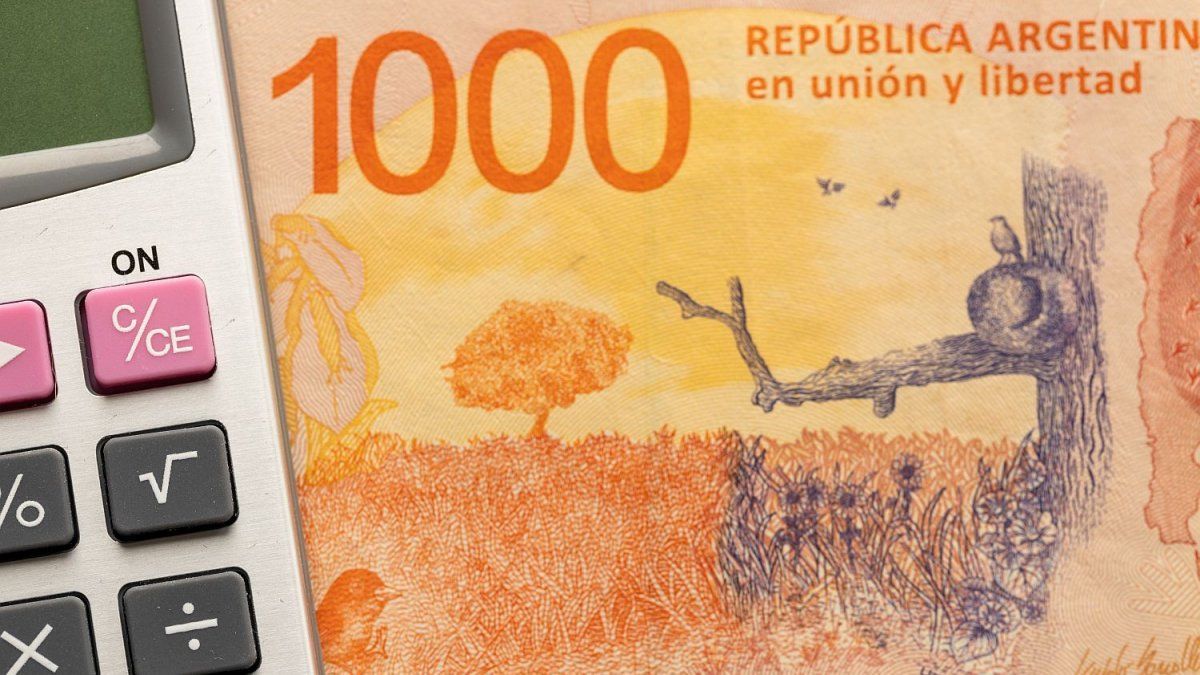He wage liquefaction effect is going to be deeper this year than what the different surveys, both official and private, may indicate. Due to the increase in rates, the loss of purchasing power of salaries will be greater to what can nominally dilute inflation.
This is stated in a report the consulting firm Abeceb, in which he states that the “disposable salary”that is, the purchasing power of income discounting the liquefaction effect, you will lose up to 15%.
“A worker who on average in 2024 He is going to earn $1,340,000 per month and his salary is going to fall in real terms by 6.1%, which you have left to spendafter paying rent, fuel, transportation, electricity, gas (these components that increase well above inflation) will be $840,000, which implies a drop of 15.5% compared to the disposable income he had last year,” the report states.
According to the latest data on salary evolution prepared by INDEC, in February salaries grew by 8.9% nominally, with 152% year-on-year. Those in the registered private sector rose 11%, the public sector 5% and the unregistered 7.6%. below inflation.
The consultant who directed by former Minister of Production Dante Sica, points out that “the real salary in the formal private sector could fall on average 6.1% in 2024, but disposable income could be reduced more than twice as a result of the strong rearrangement of the relative prices of gas, electricity, water, public transportation, and fuel rates.”
The study maintains that the value of all those Public services “have been adjusting well above inflation, having a strong impact on pockets.”
The retraction of purchasing power occurs within the framework of a very strong process of relative price correction that were very late and that causes people to spend much more than they did before to face those bills, cutting the money available to buy other goods or services.
Abeceb points out that “year-on-year inflation in March was 290% but the prices of many key goods or services for daily life far exceeded this magnitude.”
“Electricity and gas increased 300%, alcoholic beverages 302%; food, 306%; sugar, chocolate and candy, 349%; bread and cereals, 352%; fuel and lubricants, 364%; medications, 379%; public transportation, 385%; mineral waters, soft drinks and juices, 386%”, the consultant specifies.
“Others that also had significant increases, but not at the level of the CPI, were prepaid (currently under discussion) with 289%, restaurants and hotels, 266%, education, 227%; clothing and footwear, and housing rental, 149%,” indicates the work.
How to deal with the fall in purchasing power
The report considers that “In this context, consumers opt for local businesses (they don’t make such big purchases) and choose second or third brands, in addition to being attentive and taking advantage of the Promotions and discounts”.
“For his part, Companies seek to adapt to these needs by optimizing costs, negotiating with suppliers and chains to improve the cost and price equation, giving greater relevance to their second brands and trying to devise marketing strategies that aim at a consumer who cuts their expenses,” the study adds.
The affected appliances
In another segment, but which also reveals the impact of the retraction of purchasing power, there are household appliances, that were very relegated on the shopping list.
“A 25% drop is expected by 2024 because the purchasing predisposition continues to decline in the first three months of the year, and in March, it registered a decrease of 66.2%, reaching its lowest level since the pandemic,” the report warns.
Source: Ambito




